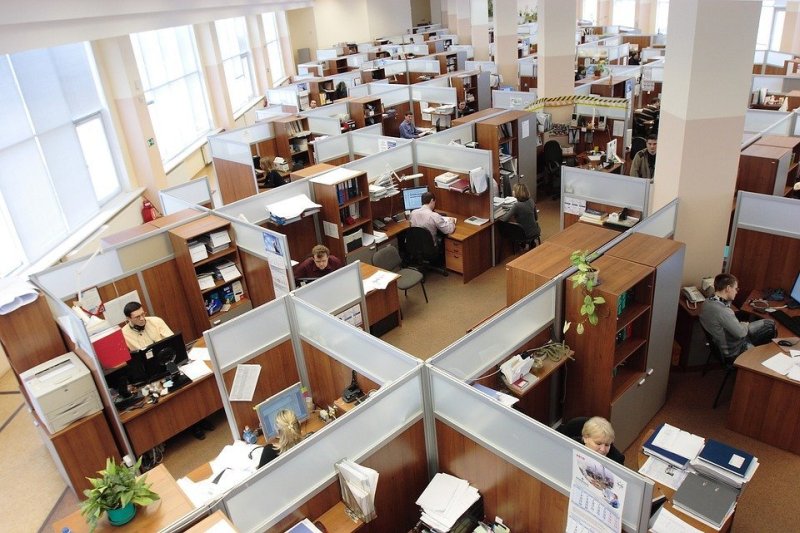With the COVID-19 lockdown affecting many around the world, building designers are looking at how to make ‘healthier’ buildings. Researchers at UC Davis and the University of Oregon recently published a review article in the journal mSystems addressing the role of building design in disease transmission and how to make the built environment in buildings healthier.
Simple Ways to Make Buildings Healthier
The authors made some simple suggestions to start, such as opening windows to improve air circulation and opening blinds to admit natural daylight.
Not much is known about how daylight affect the coronavirus that spreads COVID-19 but many positive human health benefits from ample daylight have been document.
Exposure to Disease Inside Buildings
Staying inside built environments, whether they are our homes, grocery stores or the office, also expose us to various opportunities to come into contact with viruses and bacteria. This can be from the way the building is designed so that it makes us interact with other people in certain ways. It can also be the air flow or the surfaces that we are exposed to.
Transmission of the SARS-CoV-2 virus that causes COVID-19 has only been document to be from person to person. However, virus can accumulate in large numbers on different surfaces. The SARS-CoV-2 virus has been shown to survive on different surfaces from hours to even days.
Ventilation Strategies
Ventilation strategies can still play a role in reducing disease transmission. Getting adequate air from the outside, and increasing the rate of exchange between inside and outside air can dilute virus particles indoors. This can be done by simply opening windows when the temperature permits. However, too much air flow can also stir up particles into the air.
Humidity
Another variable that plays a role in virus transmission is humidity. Viruses generally like dryer air, and a higher humidity can lessen the chance of viral transmission. The humidity make the virus droplets bigger so they don’t travel as far. Humidity also seems to interfere with the lipid envelope around viruses such as SARS-CoV-2. On the flip side, too much humidity will promote the growth of molds.
Fresh Perspectives on the Built Environment
The way buildings are design to direct the interaction of people is also a major factor. Many buildings promote social mixing. Many office buildings are built with shared offices in mind. Unfortunately, increased social interaction is great for spreading disease.
The COVID-19 pandemic has made us take a new look at the many ways we live our lives but take for granted. Even the ways buildings are designed now need to be looked at in the light of the pandemic. The terms “social distancing” and “quarantine” will be in our consciousness for quite some time.

